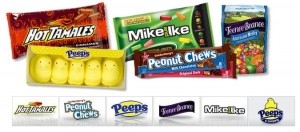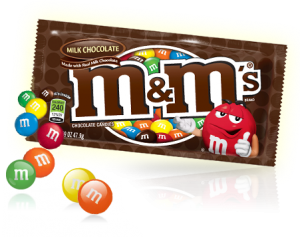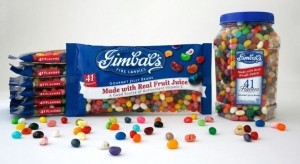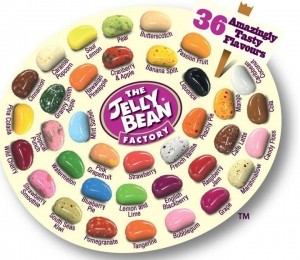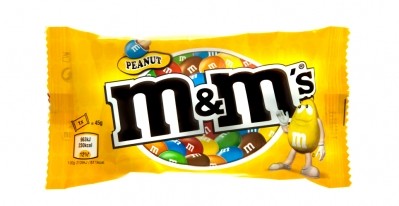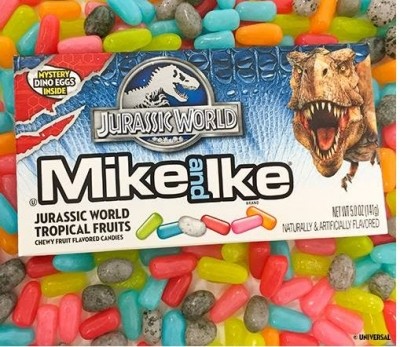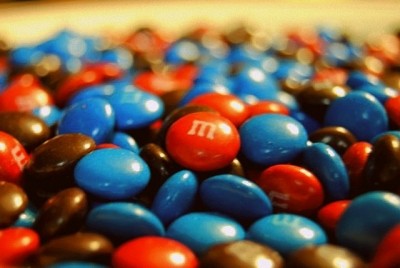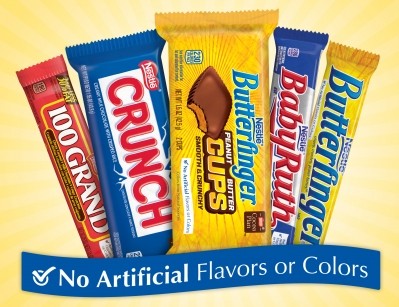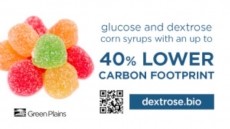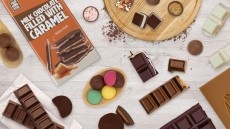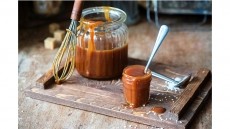Natural colors move costly and complex, say Just Born and Gimbal’s
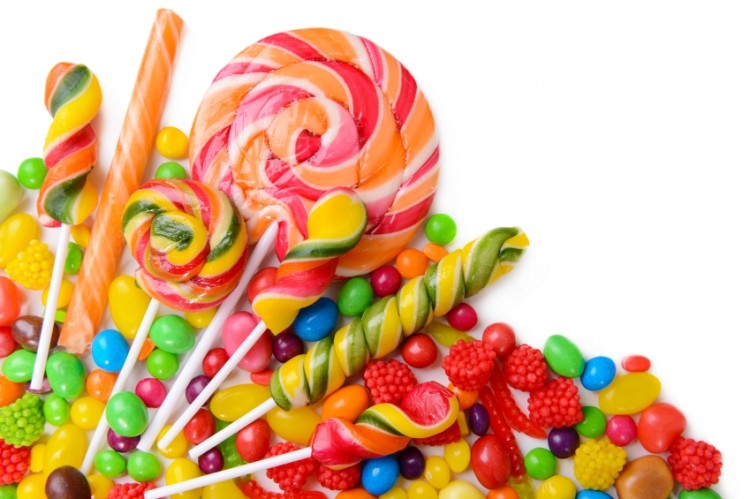
Two top U.S confectioners, Nestlé USA and Hershey, announced moves this year towards no artificial flavors and synthetic colors, but smaller U.S. firms are reluctant to make similar transitions.
Pennsylvania-based Just Born, the firm behind Hot Tamales, Peeps and Mike & Ike, as well as San-Francisco-based premium jelly bean producer Gimbal’s say many roadblocks exist.
'We don't hide behind who we are. We are a sugar product'
Matthew J. Pye, vice president of trade relations and corporate affairs of Just Born, told ConfectioneryNews at last month’s Sweets & Snacks Expo in Chicago: "There’s no doubt the big guys set the bar and set the trend. But in terms of when we will follow? Two-thirds of us here are small businesses and it costs a lot of money to change packaging and change ingredients…Quite honestly our biggest opportunity is in the distribution of the stuff that we already make - we don’t hide behind who we are. We are a sugar product."
He said natural ingredients were more expensive than artificial counterparts and even if small companies tried to offset the cost with price increases they could struggle to be competitive.
"A lot of people do create something that is more natural and simpler ingredients and if you don’t have that mass scale, a lot of times they do cost more money,” Pye said.
The Just Born corporate affairs chief said consumers have in some cases been willing to pay. “But having said that even in the last five years and going further back a lot of the best-selling candies have not changed in time and have not changed their ingredients either,” he continued.
Mars defends artificial colors & flavors
At least one leading confectioner is standing by artificial ingredients and preserving its existing recipes. Mars Chocolate North America recently said it was exploring natural alternatives but saw no safety concerns with artificial colors and flavors.
” …Changing to naturally sourced colors is not a process that can happen overnight as it brings unique complexities and challenges,” the firm said in a statement.
According to Nielsen’s 2014 Global Health & Wellness Survey, 60% of Americans say no artificial colors and flavors are important to their food purchasing choices.
Manufacturers are also coming under pressure to switch from consumer groups. The Center for Science in the Public Interest (CSPI) has called on Mars to remove artificial colors linked to child hyperactivity in its M&M’s brand.
Safety of artificial colors
The Southampton Six
- sunset yellow FCF (E110)
- quinoline yellow (E104)
- carmoisine (E122)
- allura red (E129)
- tartrazine (E102)
- ponceau 4R (E124)
A 2007 study by the University of Southampton funded by the UK’s Food Standards Agency linked six artificial dyes – the so called ‘Southampton Six’ – to hyperactivity in children.
The U.S. Food and Drug Administration (FDA) and the European Food Safety Authority (EFSA) have declared the Southampton colors safe – but EFSA is currently reviewing acceptable daily intakes in light of new research.
Research in rats has also tied Erythrosine, also known as Red No. 3 or E127, to possible carcinogenic effects and increased thyroid tumor incidences – but the color is approved for use in Europe and although the FDA has banned Erythrosine lakes (salts) in food, Erythrosine is still permitted.
Red no.3 removal
Premium jelly bean maker Gimbal’s intends to stick with artificial colors, but previously removed Red No.3 because “enough questions” were being raised about its safety.
"Some of the consumers say it was based on science but then you don’t know how worthy that science is, so in our minds just that there was enough questions that we thought even if it's just a perceived threat then why should we have it in there?" Karin Vollrath, director of sales & marketing at jelly bean maker Gimbal’s told this site.
Technical barriers
Gimbal’s also sees technical challenges on top of financial constraints if it swapped artificial colors for natural versions.
“If you were to do that you wouldn't get the bright colors - they would be more dull, more browns and oranges,” said Vollrath.
“It would also effect the shelf life because I believe that over time here would be a very good chance the flavor would degrade”, leading to taste inconsistencies, she said.
Gimbal's currently has a shelf life of 24 months for its gourmet jelly beans and says it couldn’t achieve that result with natural colors.
Gimbal’s: It's hard to be everything to everyone
"It would be an entirely different product. It's something we could probably do but we have not done that right now because our retailers seem to be happy with the way it is now,” said Vollrath.
Another premium jelly bean producer The Jelly Bean Factory, last year acquired by Scandinavian confectioner Cloetta - products that contain only natural colors and flavors.
"That's about the best you can do it. They put a lot of energy into it,” said Gimbal’s Vollrath. She said there was a trend to healthier sweets and snacks, but there were different to tackle it.
Gimbal’s products are Kosher authorized, GMO, gelatin and trans-fat free and free of the eight major food allergens. "It's hard to be everything to everyone," said Vollrath.
